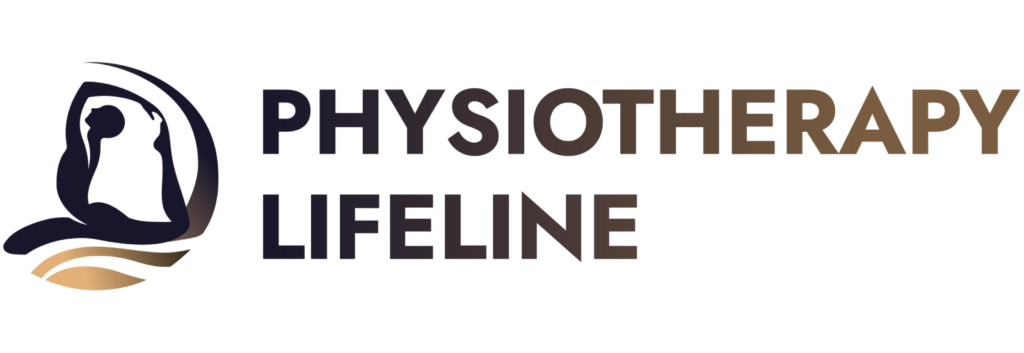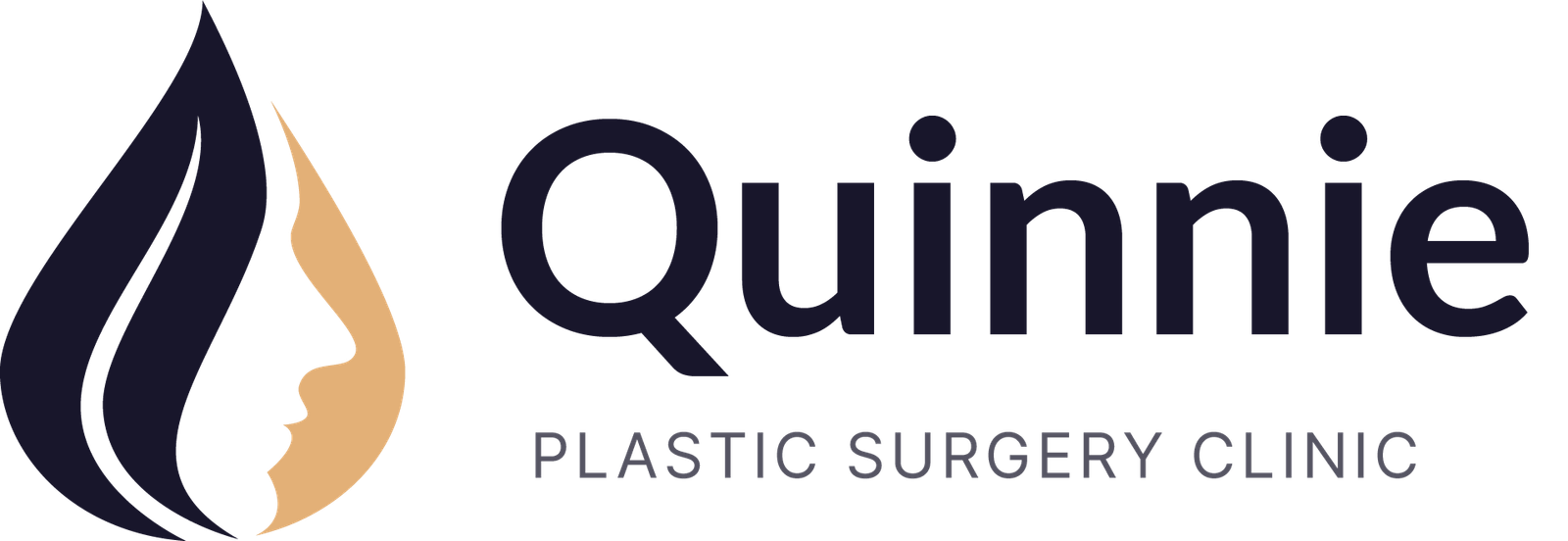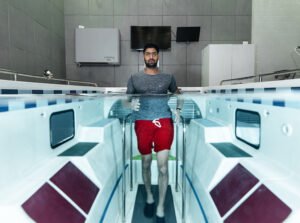Physiotherapy and Physical therapy : what is the difference?

Physiotherapy and physical therapy are often used as synonyms, but they are two distinct practices with different focuses and approaches.
In this blog, we’ll delve into the difference between physical therapy and physiotherapy and how each discipline contributes to patient care.
What is physiotherapy?
Physiotherapy treatment focuses on the musculoskeletal system and is used to restore normal functioning and movement in patients recovering from injury, illness, ageing, or disability. It involves guiding patients through tailored stretches, physical activity, and manual therapy. They also overlook the patient’s daily routine, diet, and lifestyle.
Physiotherapy is meant to be used in place of surgery and drugs soo whenever possible and tends to utilise more manual therapy like stretching, exercises, soft tissue release, and joint mobilisation.
What is Physical Therapy?
Physical therapy aims to ease pain and enable normal functioning so that a person can be independent and carry on day-to-day activities with a reasonable level of comfort.
Physical therapists mostly treat non-threatening injuries by caring for musculoskeletal issues. These issues can arise from sports injuries, strains, or chronic movement issues.
Physiotherapy vs. Physical Therapy Focus
Physiotherapy treatment mainly focuses on hospital work, like post-operative care and other urgent situations.
Physical therapy experts specialise in assessing and treating musculoskeletal problems.
It focuses mostly on non-threatening injuries such as muscle aches, pains, strains, injuries, and chronic movement issues.
Educational Qualifications
To become a physiotherapist in India, one must complete the Bachelor of Physiotherapy (BPT).
Program, which is a 4-year course. On completion, students must also undergo an internship period of 6 months before they can start practising.
If you want to become a physical therapist, you must complete a bachelor’s degree and then a Doctor of Physical Therapy (DPT) degree program, which is a 3-year course. To be eligible for the DPT degree program, your bachelor’s degree should include courses like anatomy, chemistry, and physics. Biology, kinesiology, and exercise science are some of the best courses to consider if you want to become a physical therapist.
Physiotherapy Techniques
Physiotherapy employs more manual techniques to improve blood circulation and muscle movement while relieving pain and stiffness.
- Massages are used to stimulate the soft tissues in your body to relieve pain, improve circulation, and relax.
- Stretching and myofascial release are soft tissue techniques that serve a similar purpose as massages.
- Therapies like joint mobilisation and joint manipulation are used to improve motion and joint function as well as control pain.
- Physiotherapy Instrument Mobilization (PIM) is a technique that uses manual therapy performed with the assistance of handcrafted instruments.
- Minimal Energy Techniques (METs) are manual therapy techniques that use the muscle’s own energy to relax the muscles through autogenic or reciprocal inhibition and lengthen the muscles.
Physical therapy techniques
Some of the most prominent techniques or treatments used in physical therapy are:
Physical Exercise
Physical therapists use different exercises to contract and relax the muscles and increase mobility in the affected areas. These exercises enable patients to independently perform their daily tasks.
Hot and cold therapies
In this treatment, ice or cold packs, cryogenics, or nitrogen are used to lessen chronic and acute pain.
Sometimes hot packs, diathermy, and infrared heat are used to treat joint pain and chronic conditions.
Ultrasound Treatment
Ultrasound therapy is used to reduce inflammation. In this treatment, sound waves are produced, which cause vibrations within the muscle, creating increased blood flow and oxygen necessary to heal damaged tissues.
TENS Electrical Stimulation Technique
TENS is used to treat chronic and acute pain. In this technique, electrodes are placed on the skin near the source of the pain, and signals are transmitted through nerve fibres to block or reduce the pain signals travelling to the brain.
Class IV Laser Therapy
Specific wavelengths of light are used to stimulate the body’s natural healing abilities. It acts as a catalyst for your body’s natural healing mechanisms, improves circulation and blood flow, and decreases inflammation. It is used to repair the cells in muscles, tendons, and joints.
While physiotherapy and physical therapy share many similarities, they differ in their approaches to caring for patients and the conditions they treat. There is a massive overlap between physiotherapy and physical therapy; both focus on preventing injury, alleviating pain, and improving mobility and motion.
Physiotherapy takes a broader view and addresses concerns like movement, function, pain management, rehabilitation, and injury prevention. On the other hand, physical therapy has a more specific focus on musculoskeletal rehabilitation, pain relief, functional mobility, and sports rehabilitation.
FAQs
Here are shorter FAQs for your blog:
- What’s the difference between physiotherapy and physical therapy?
– Physiotherapy focuses on restoring movement and function through tailored exercises and manual therapy, while physical therapy aims to ease pain and improve day-to-day activities, especially for musculoskeletal issues.
- What are the educational requirements for physiotherapists and physical therapists?
– Physiotherapists need a Bachelor of Physiotherapy (BPT) degree with a 6-month internship, while physical therapists require a bachelor’s degree followed by a Doctor of Physical Therapy (DPT) degree.
- What techniques are used in physiotherapy?
– Physiotherapy uses techniques like massages, stretching, joint mobilisation, and Minimal Energy Techniques (METs) to improve movement and relieve pain.
- What techniques are used in physical therapy?
– Physical therapy includes exercises, hot/cold therapies, ultrasound treatment, and TENS Electrical Stimulation Technique to reduce pain and enhance healing in muscles and joints.
- What’s the focus of each practice?
– Physiotherapy focuses on movement, function, and pain management, while physical therapy targets musculoskeletal rehabilitation, pain relief, and mobility improvement.
Have Any Question?
- +91 96721 79398
- support@domain.com




